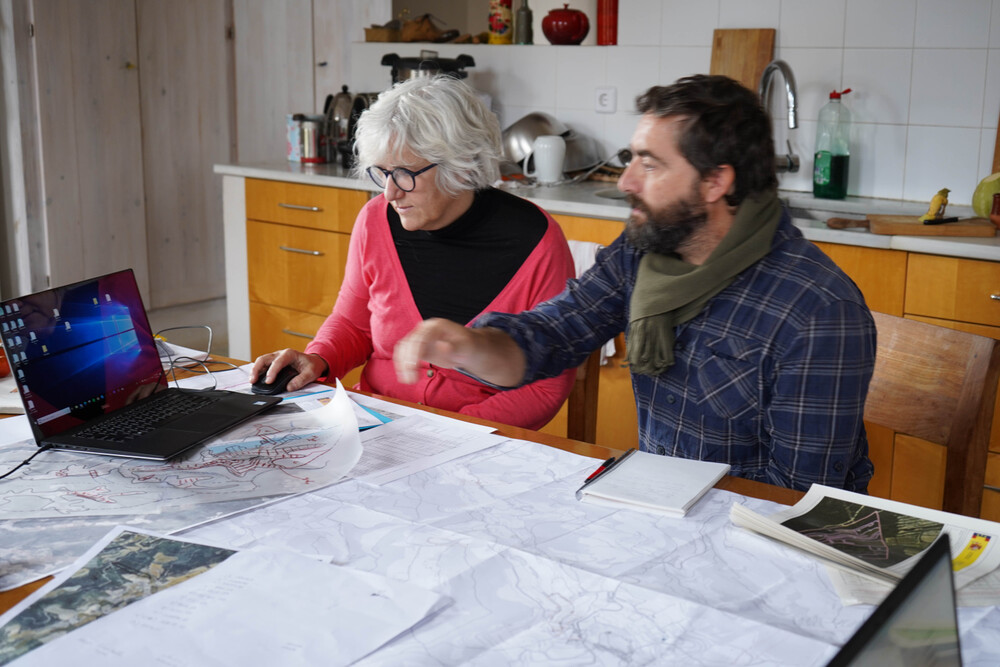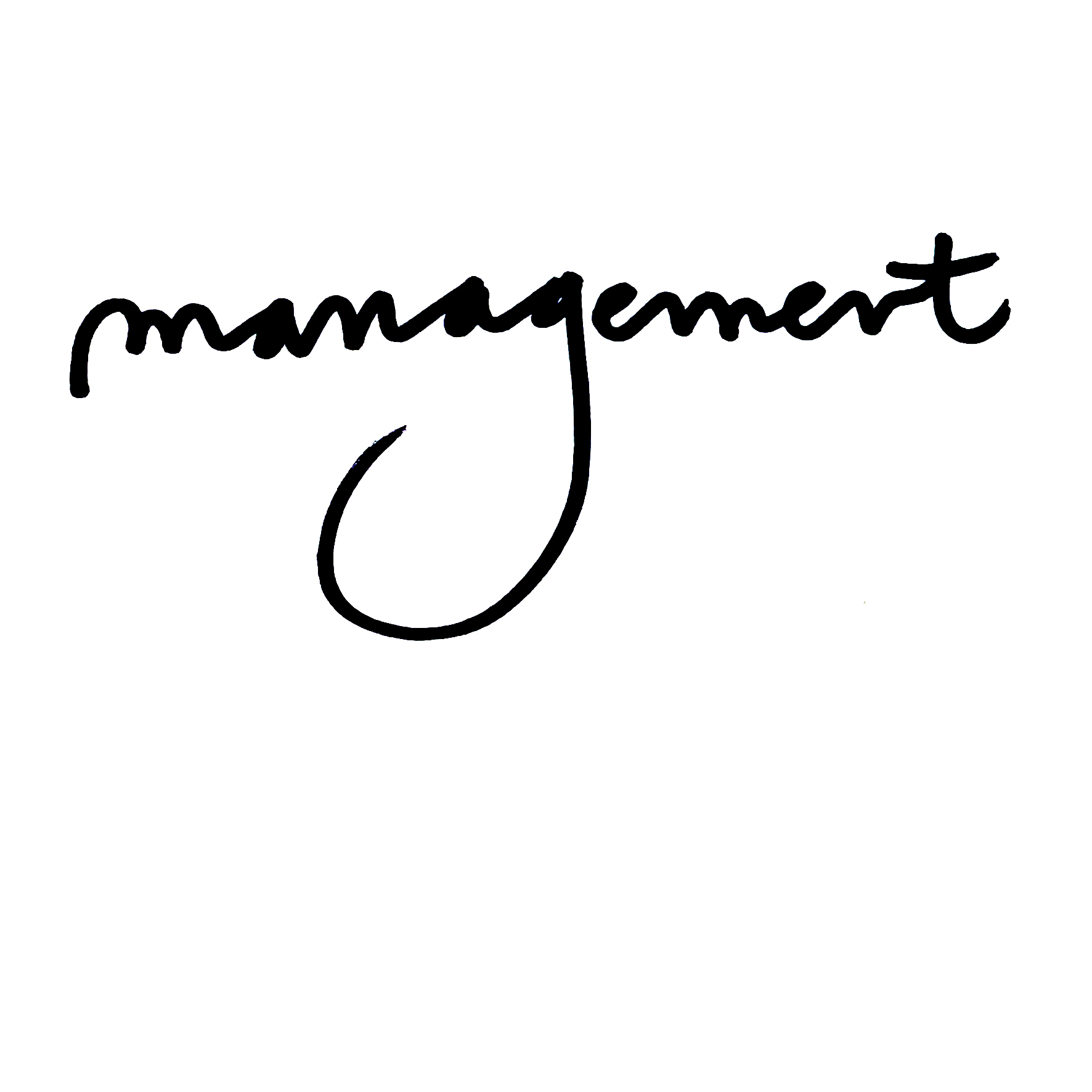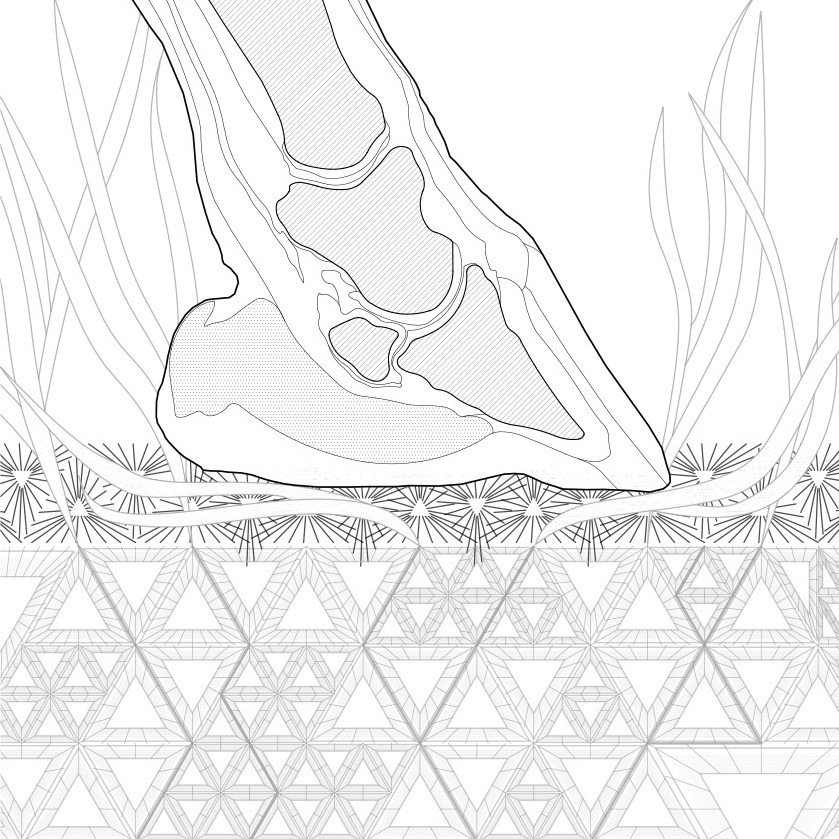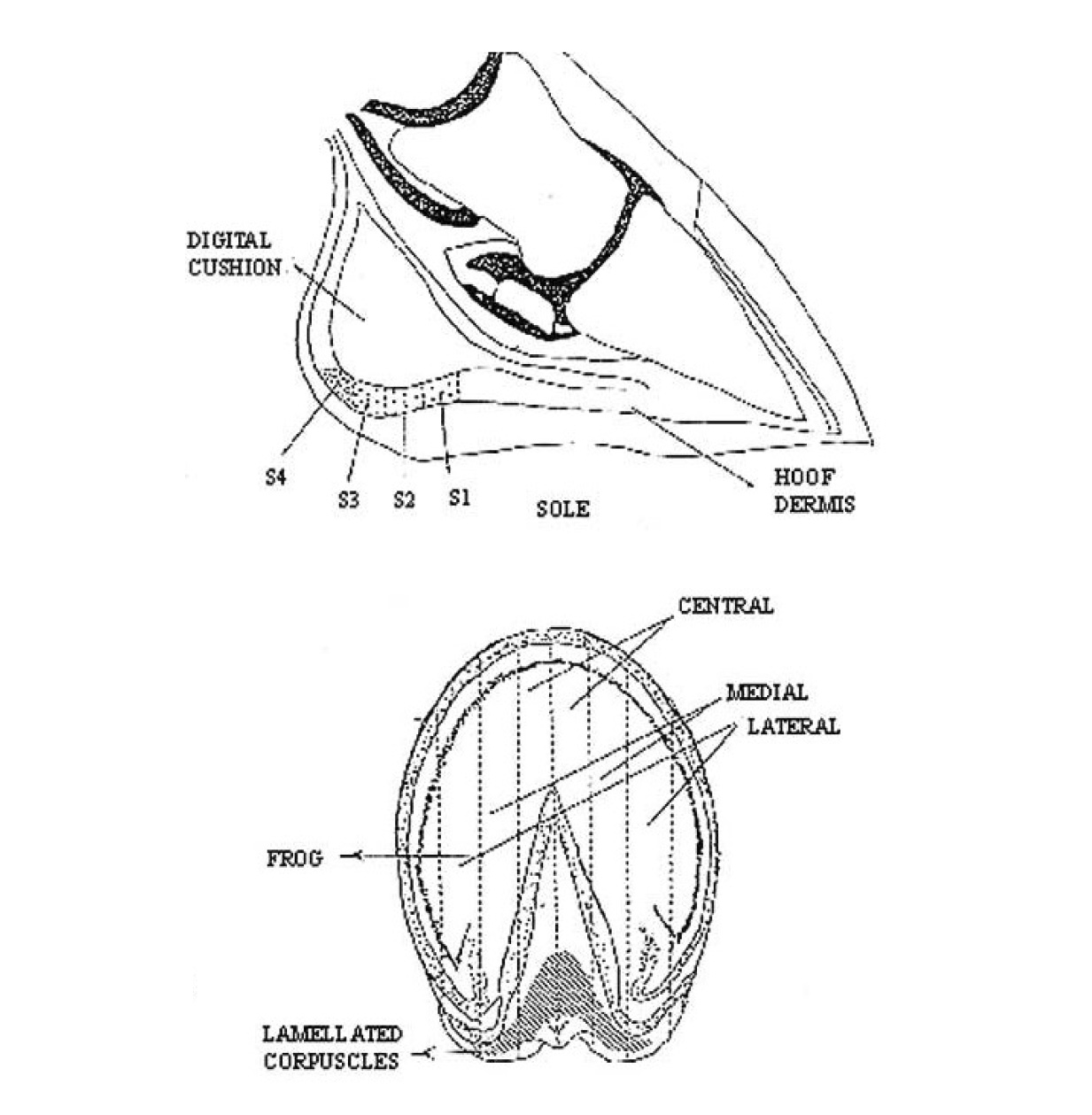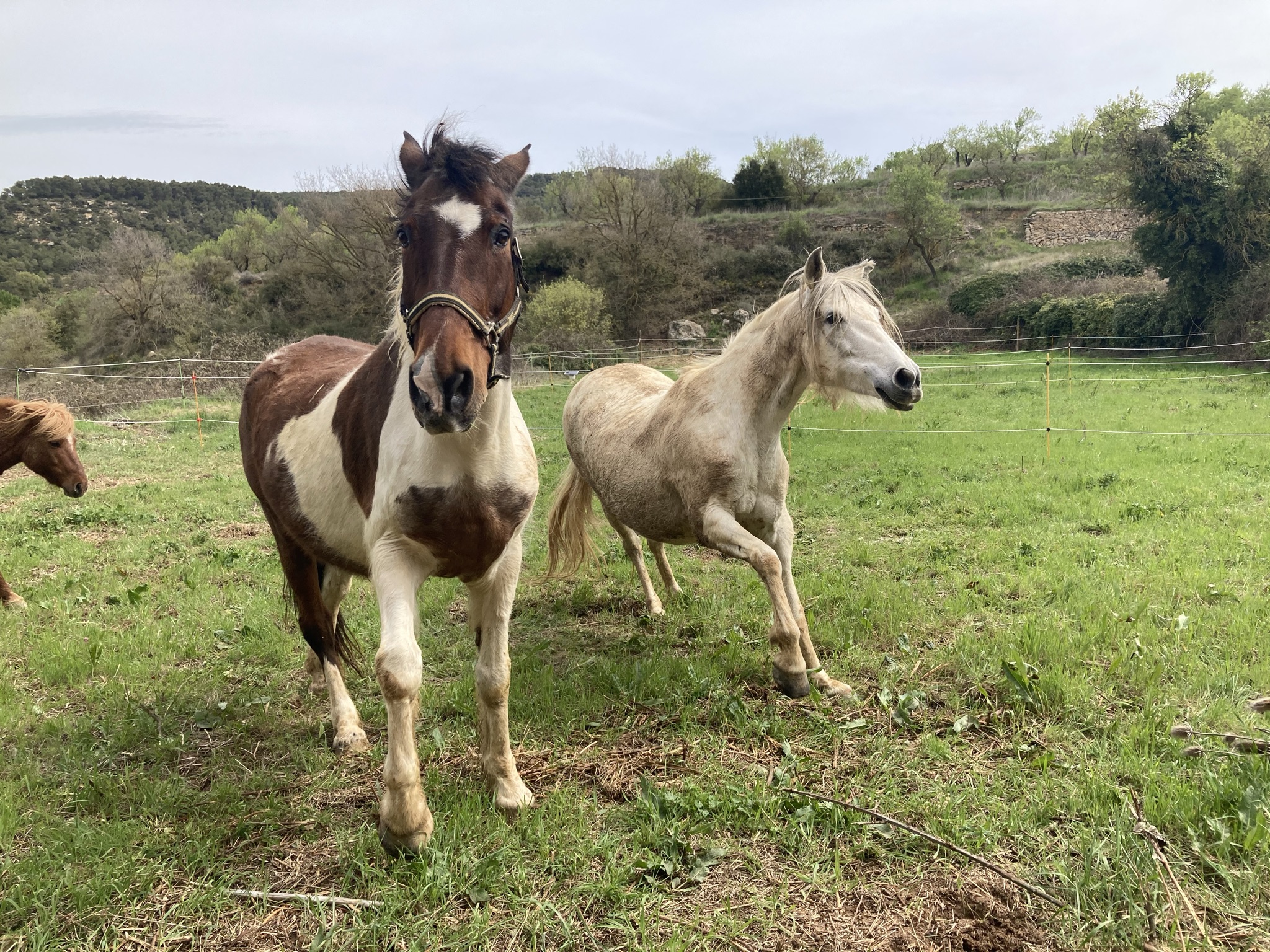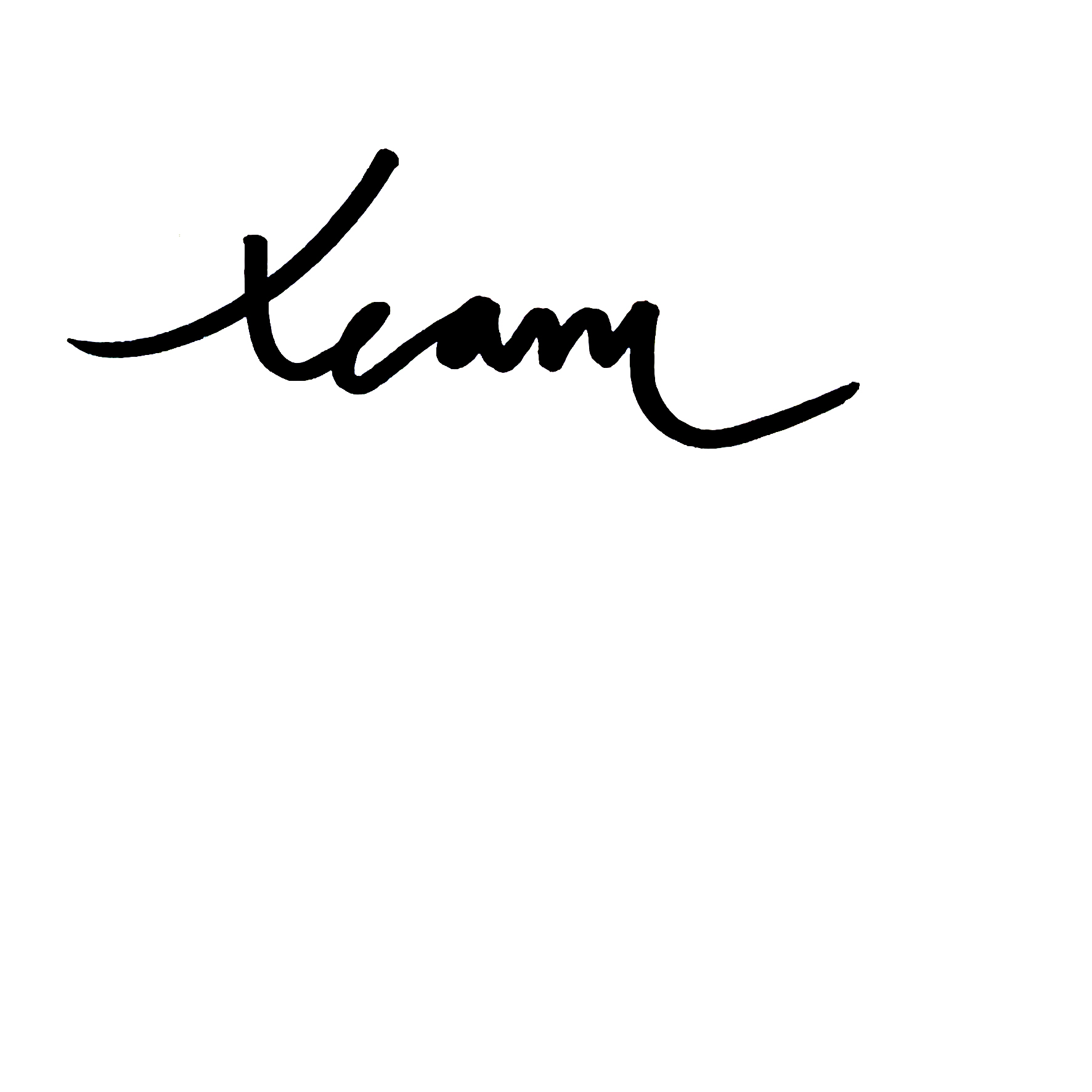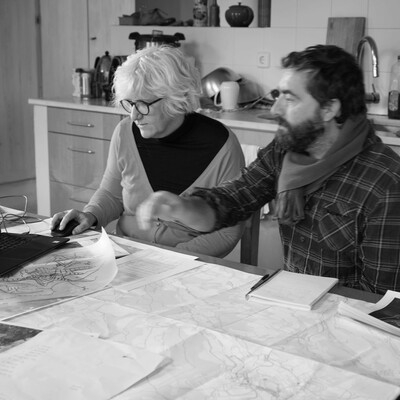
From podiatry to wellness. Interview with Marc Sánchez, expert in Equine Podiatry and co-manager of the Garden of the XXI century in Senan.
Marc Sánchez is professional and professor of Equine Podiatry and Management and Design of Environments for Horses, and collaborator in the Garden of the XXI century in Senan as Coordinator of Horse Management, together with Anna Escudé.
Trained as a farrier and with more than 15 years of experience and research on the field, Marc questions the still predominant practice of horse shoeing, advocating for the benefits of being barefoot for the horse's health and how this change of paradigm has to go together with a change on the design of the environment.
“We have cell phones; we have brilliant technologies today and we're putting an iron with some nails in it into horses’ feet.”
Chair of Being Alive: Can you explain us how it all started for you?
Marc Sánchez: With horses I started much earlier. When I was ten years old I was already riding. But I started studying the farrier course, and then I worked as farrier for almost 15 years and training other farriers. And everything, everything to the maximum that could be reached. I was in the Farriers Association, working with different entities, with the formative curriculum…And from there, in some circumstances, you start to rethink how we are doing the work. I began to see that what we were doing was containment work. The internal structures of the hoof have changed due to the use of horseshoes and what we did was trying not to make it worse, but we couldn’t improve the situation through horseshoeing.
…
MS: There are several things that are the backbones of the Barefoot and one are the tissues and soft tissues inside the hoof, which have all their own functionality and complexity. The use of horseshoes immobilizes these parts of the hoof, causing their atrophy. As they stop doing their function, for instance, cushioning and distributing the impact while walking, this stress goes to other structures such as the bones. We can find the paradigm of very young horses that are very old at the level of their limbs due to this issue.
“The hoof is the reflection of the horse’s lifestyle. It offers a record of its habits, and by observing it you can see the horse’s life during a year. Inflammations, if there was a traumatic impression, a change on its diet, if the horse walked on hard or soft terrains… It is a testimony. If the horses eat bad, these parts start to develop in a wrong way.
Traditionally, within the farrier’s world, you don't give a lot of importance to this but in a barefoot horse you start to see that it makes a difference.”
CBA: Can every horse be barefoot?
MS: My statistic is that 80%, almost 90, can go barefoot but this comes from my own experience. Everything goes along with the lifestyle, so if they are not in a suitable location, you don’t know how the hoof is going to respond to be barefoot.
...
MS: They need to walk, and the texture of the soil also influences the way the hoof will develop. When they are in an appropriate environment with enough movement, the hoof starts to bring out the best of it. The soft tissues get activated and bring better vascularization, the proprioception of the horse is more connected and there is a general improvement in the whole locomotion system. Bones, tissues, soft tissues, everything starts developing in a different and better way, influencing the whole metabolism of the horse.
